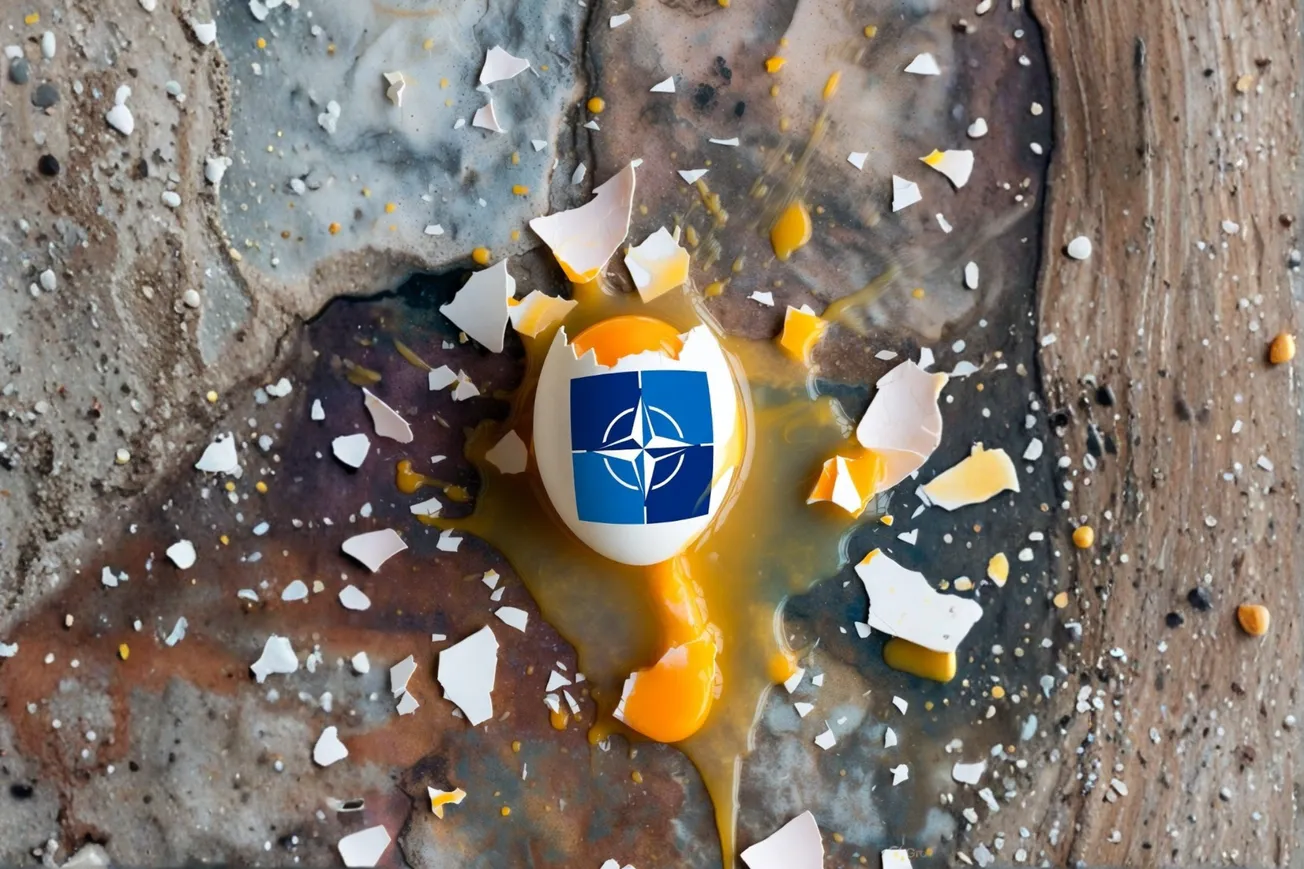The Russian Defense Ministry announced today that, on the morning of Dec. 11, the Kiev regime launched six U.S.-made ATACMS ballistic missiles against the Taganrog military airfield in the Rostov region. The Russians reported that they had destroyed all six incoming missiles with a combination of SAMs and electronic warfare systems, but they also stated: “This attack by Western-made long-range weapons will not remain unanswered, and appropriate measures will be taken.”
What will that Russian response be?
The first time high-precision ATACMS were used to strike deep into Russian territory—a missile that can only be targeted, launched, and directed in flight by skilled American personnel and equipment—was on Nov. 19. The very next day, Nov. 20, U.S. Rear Adm. Thomas Buchanan, the head of STRATCOM’s Plans and Policy Directorate, told a conference at Washington’s CSIS think tank that the U.S. should be prepared to use nuclear weapons, if its global leadership is challenged.
“I think everybody would agree [that] if we have to have an exchange, then we want to do it in terms that are most acceptable to the United States … that put us in a position to continue to lead the world, right?” Buchanan stated.
Russia got the message (Foreign Minister Sergey Lavrov later mentioned Buchanan by name in his Dec. 6 interview with Tucker Carlson), and responded in a totally unexpected way to the totality of the strategic threat. On Nov. 21, Russia launched a new weapon, the hypersonic IRBM Oreshnik system, whose precision-guided multiple projectiles struck and destroyed their intended target, a military factory in Dnipro, Ukraine. Russian President Vladimir Putin explained that the Oreshnik, which cannot be intercepted by any existing Western defense system, can be armed with different kinds of warheads and has destructive capabilities so great that it even serves as a nuclear deterrent—without the use of nuclear weapons by Russia.
That development would give pause to a normal adversary, under normal conditions, to consider the potential consequences of pursuing the escalation. But it did not. Six more ATACMS were just launched against Russia.
And on Dec. 9, Buchanan’s sheer lunacy of contemplating launching thermonuclear war so that the U.S. could “continue to lead the world” was matched by two American nuclear war experts who were given free rein in a Newsweek article entitled “What Would World War III Look Like?” to try to get Americans accustomed to “thinking the unthinkable.” Retired Rear Adm. Mark Montgomery of the neo-con Foundation for the Defense of Democracy, and former Acting Under Secretary of Defense for Policy James Anderson, prattled on about the ins and outs of who might launch a first strike, and when asked “How long would it take to recover from nuclear war?” they concurred that it would “completely depend on the extent of usage: Massive usage, massive time; limited usage, you know, tactical nuclear weapons, only limited time.”
The sheer insanity, and depravity, of such “reasoning” is difficult to fathom. But it is the increasingly dominant strategic outlook in Washington and London—despite the fact that an entirely different strategic approach is being offered to the United States by both Russia and China, as re-stated in President Xi Jinping’s remarks to the “1+10” meeting.
Russia, for its part, is well aware that the toppling of the Assad government in Syria is also part of British and American efforts to surround Russia by land and by sea, and to dismember it—along the lines proposed by Zbigniew Brzezinski and other followers of London’s Bernard Lewis Plan. Leading British policy outlets, such as London’s The Economist magazine, are now discussing how best to drive Russia out of their naval base in Tartus, Syria, which they have had since 1971, which the British argue will lock Russia out of the Mediterranean Sea altogether. Combined with earlier (albeit failed) efforts to seize Sevastopol and Crimea on the Black Sea, and the transformation of the Baltic Sea into a virtual “NATO lake” in the last two years, this is meant to landlock Russia everywhere on its Western borders—as per the “maritime chokepoints” specifications of leading British geopoliticians going back to Halford Mackinder (1861-1947), Karl Haushofer (1869-1946), and their predecessor Adm.Alfred Mahan (1840-1914).
Helga Zepp-LaRouche has repeatedly emphasized that “Buchanan’s statement is, in its enormity, so unbelievable that you would really think that this should have been the number-one news item all over the world. But it was completely covered up. No Western media found it worth discussing. No politician in the West thought it was necessary to comment on. I think that that is so unbelievable, because in all aspects, it is a violation of the Nuremberg Code: that you cannot prepare a war of aggression, and for sure not one with nuclear weapons, which means the end of all life on the planet if it comes to that.”
Zepp-LaRouche called for full support for the efforts of The LaRouche Organization in the U.S. to mobilize the population to call their congressmen and otherwise stop the drive to nuclear war, with a leaflet prepared for this purpose. And she urged people from all around the world to participate in the upcoming 80th weekly meeting of the International Peace Coalition on Dec. 13 at 11 a.m. (ET).







